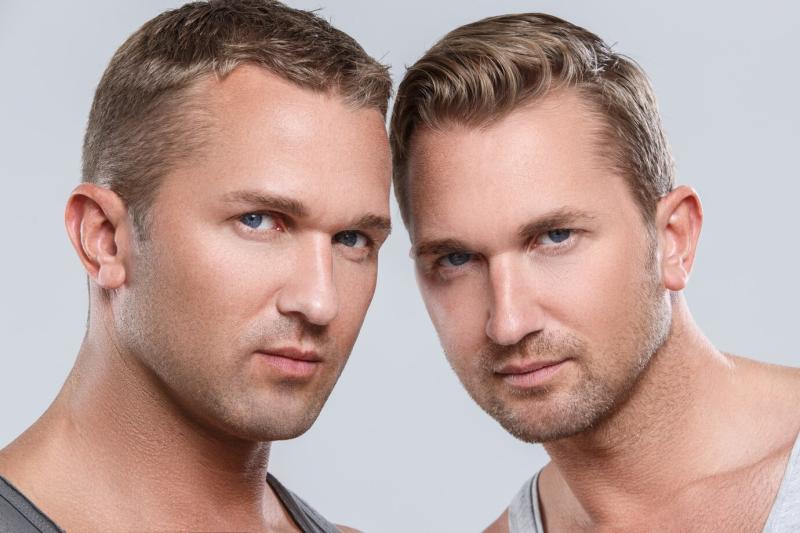Hair Transplant Maintenance: How to Care for Your New Hair

Congratulations on your hair transplant! Whether you’ve chosen a Follicular Unit Extraction (FUE) or Follicular Unit Transplantation (FUT), the journey to restoring your hair is an exciting one. However, achieving the best results doesn’t stop after the procedure. Proper maintenance and care for your newly transplanted hair are crucial to ensure optimal growth and longevity. This article will guide you through essential maintenance tips to help you care for your new hair effectively.
1. Follow Post-Operative Instructions
The first and most important step in hair transplant maintenance is to adhere to the post-operative instructions provided by your surgeon. These guidelines are tailored to your specific situation and will significantly impact the success of your hair transplant. Common recommendations may include:
Avoiding strenuous activities: For at least a week post-surgery, you should refrain from heavy lifting, intense exercise, or activities that could increase blood flow to the scalp.
Limit sun exposure: Protect your scalp from direct sunlight, especially during the first few weeks. Wearing a loose-fitting hat can help shield your head from UV rays.
No scratching or picking: It’s normal to feel some itching or discomfort, but avoid scratching or picking at the transplanted area to prevent damage and infection.
2. Gentle Washing and Drying Techniques
Caring for your new hair begins with how you wash and dry it. After a hair transplant, your scalp may be sensitive, and it’s essential to be gentle to avoid dislodging the newly transplanted follicles.
Washing your hair: Most surgeons recommend waiting at least 48 hours before washing your hair. When you do wash it, use a mild, sulfate-free shampoo. Apply the shampoo gently with your fingertips without rubbing or scrubbing the scalp. Rinse thoroughly with lukewarm water.
Drying your hair: After washing, avoid vigorous towel-drying. Instead, pat your hair dry with a soft towel or allow it to air dry. If you must use a hairdryer, set it to a low heat setting and maintain a safe distance from your scalp.
3. Moisturizing and Scalp Care
Keeping your scalp moisturized is crucial for healing and ensuring optimal conditions for hair growth. After the first few days, consider using a gentle, fragrance-free moisturizer or oil to hydrate the scalp. This can help reduce dryness and itching, contributing to a healthier environment for your hair to thrive.
Additionally, scalp care may involve:
Avoiding harsh chemicals: Refrain from using hair products that contain alcohol, sulfates, or other harsh chemicals, as these can irritate the scalp and hinder the healing process.
Using a soft brush: Once your hair has started to grow in, use a soft-bristle brush to style your hair gently. This helps avoid unnecessary tension on the hair follicles.
4. Diet and Nutrition
Your diet plays a vital role in the health of your hair. Eating a balanced diet rich in vitamins and minerals can promote hair growth and overall scalp health. Here are some key nutrients to focus on:
Protein: Hair is primarily made of protein, so consuming adequate amounts of lean meats, fish, eggs, legumes, and dairy is essential for hair health.
Vitamins and minerals: Incorporate foods rich in vitamins A, C, D, E, and B vitamins, along with minerals like zinc and iron. Foods like leafy greens, nuts, seeds, and fruits can contribute to a nutrient-rich diet.
5. Hydration and Healthy Habits
Staying hydrated is crucial for overall health, including hair health. Aim to drink plenty of water daily, as proper hydration supports circulation and helps deliver essential nutrients to hair follicles.
In addition to hydration, adopting healthy lifestyle habits can positively impact your hair:
Avoid smoking and excessive alcohol: Both can negatively affect blood circulation and overall health, which may impede hair growth.
Manage stress: High stress levels can lead to hair loss and affect your overall well-being. Consider incorporating relaxation techniques such as yoga, meditation, or regular exercise into your routine.
6. Regular Follow-Up Appointments
After your hair transplant, your surgeon will schedule follow-up appointments to monitor your progress and ensure that the transplanted hair is growing as expected. Attending these appointments is essential for tracking your results and addressing any concerns that may arise. Your surgeon can provide guidance and make adjustments to your care plan if necessary.
7. Patience is Key
One of the most important aspects of hair transplant maintenance is patience. While the initial healing process is relatively quick, it can take several months to see the full results of your hair transplant. Many patients experience a phenomenon called shock loss, where some of the transplanted hair falls out in the weeks following the procedure. This is entirely normal and temporary, as new hair will begin to grow in its place.
Typically, patients start to notice visible hair growth around three to six months post-transplant, with the final results becoming evident around 12 months or more. Remember that every individual is different, and results can vary.
Conclusion: Nurturing Your New Hair
Caring for your newly transplanted hair is an essential part of the overall process and plays a significant role in achieving the best possible results. By following your surgeon’s post-operative instructions, maintaining proper scalp hygiene, adopting a healthy lifestyle, and being patient, you can ensure that your hair transplant is successful and that your new hair thrives.
Embrace this exciting new chapter with confidence, knowing that with the right care and attention, you can enjoy a fuller, natural-looking head of hair for years to come.










Comments